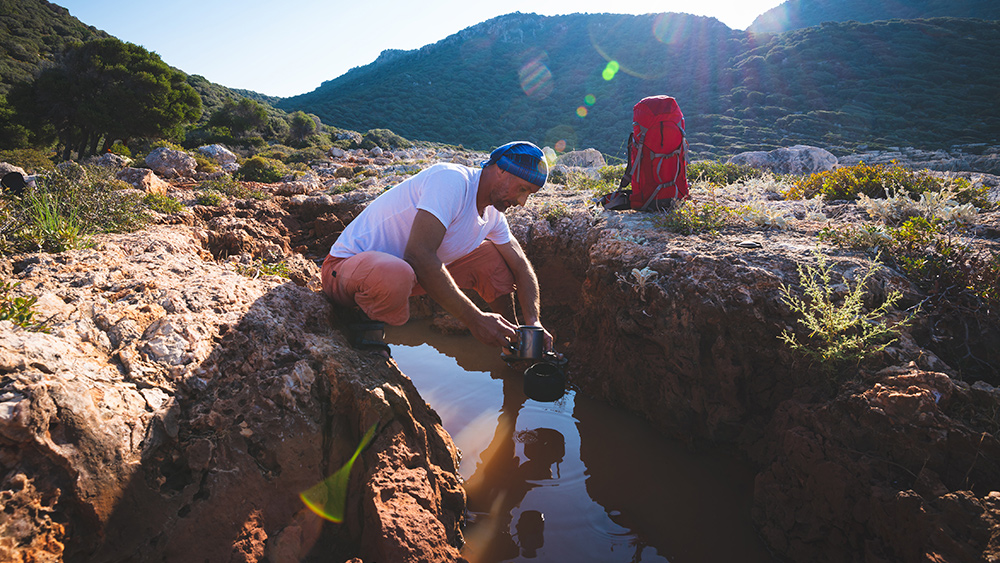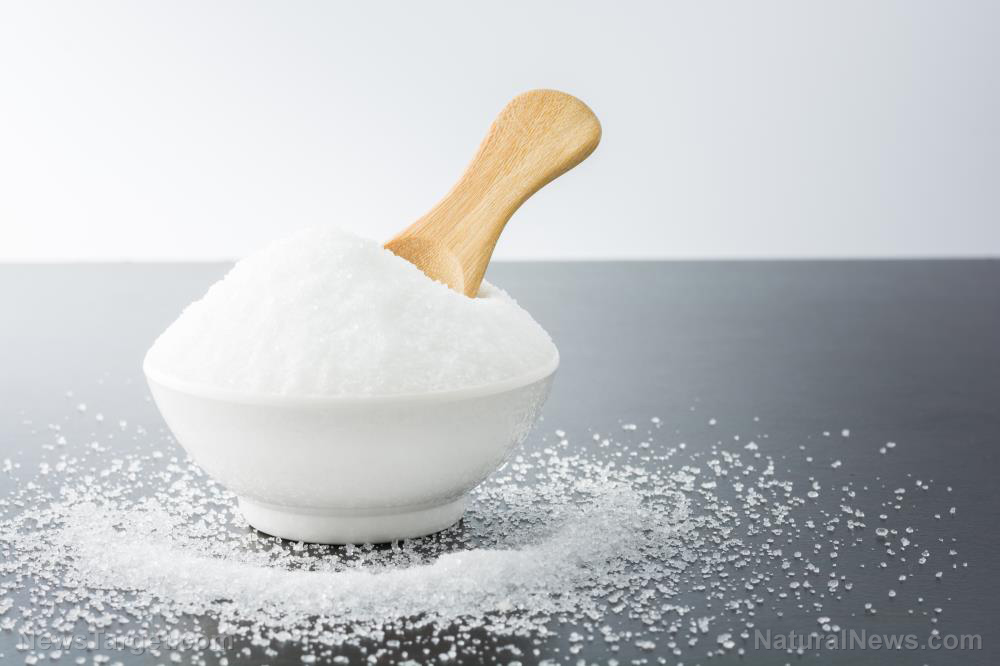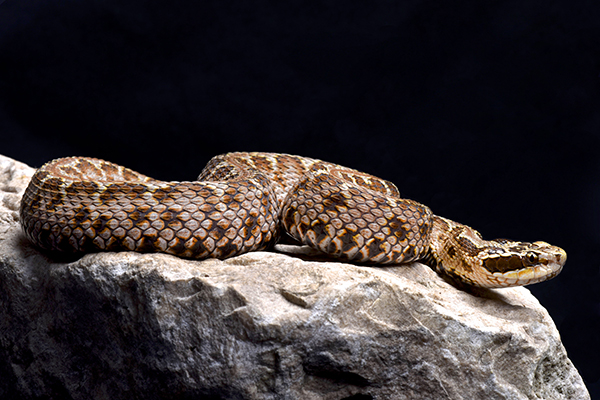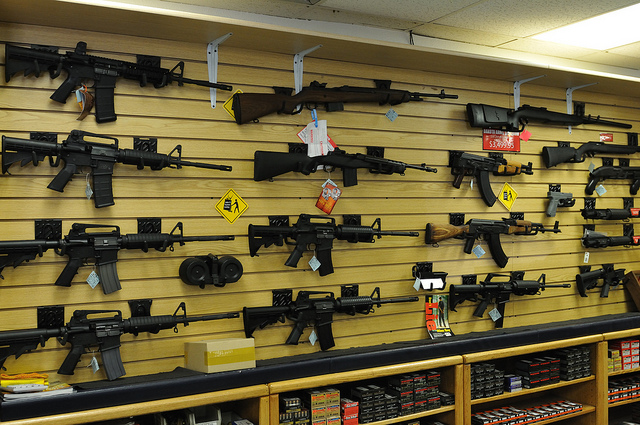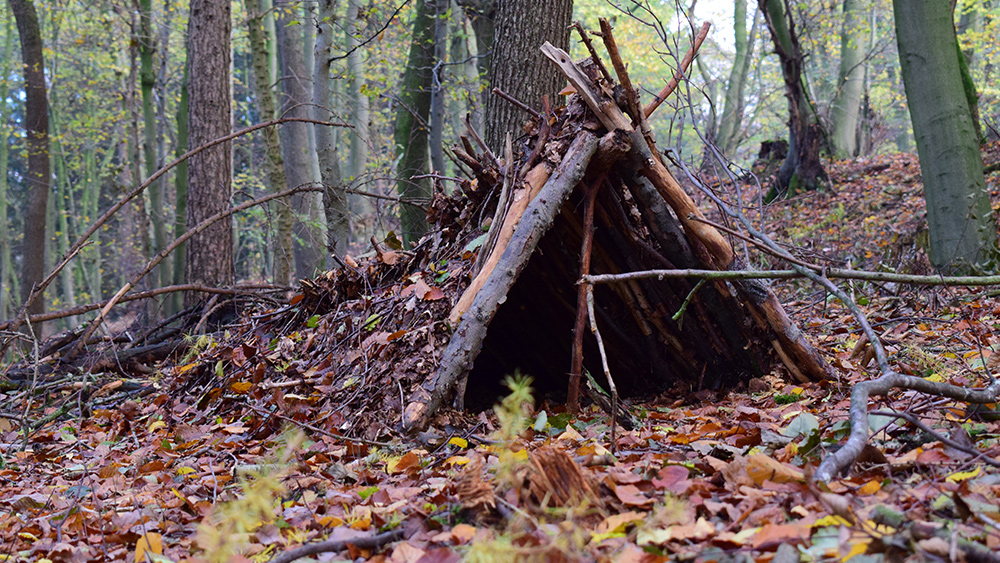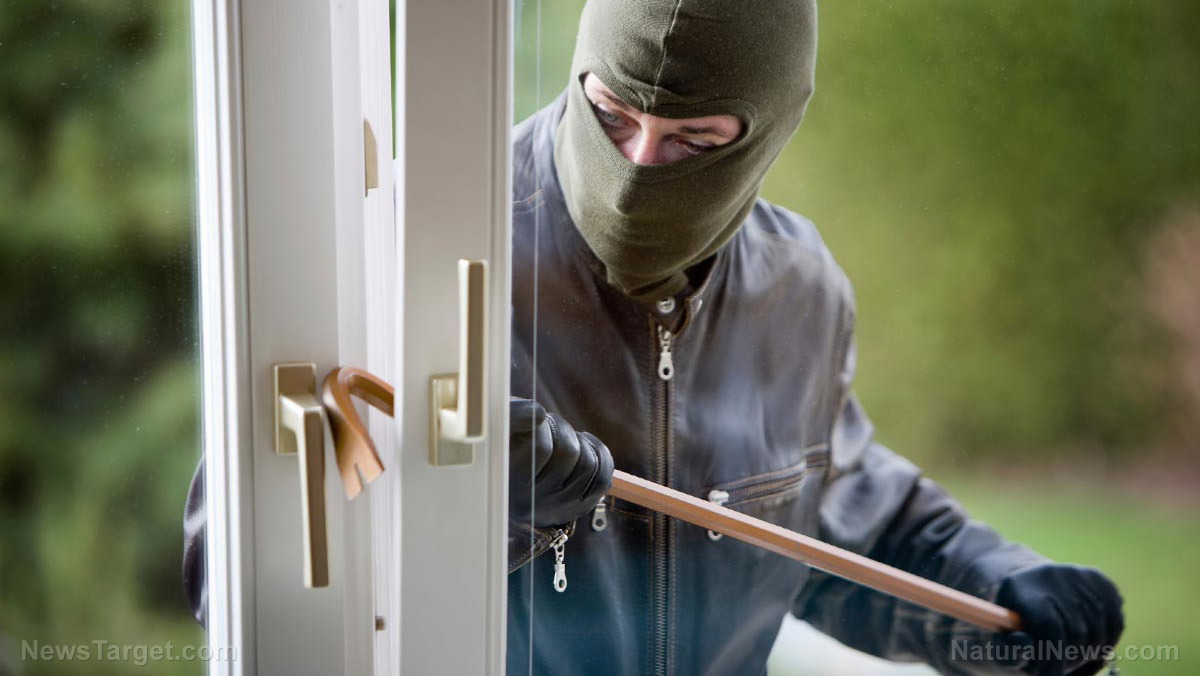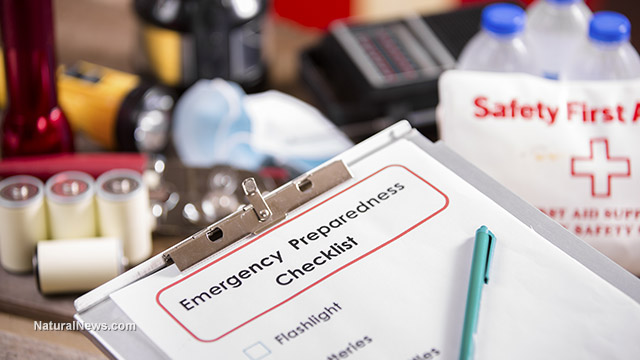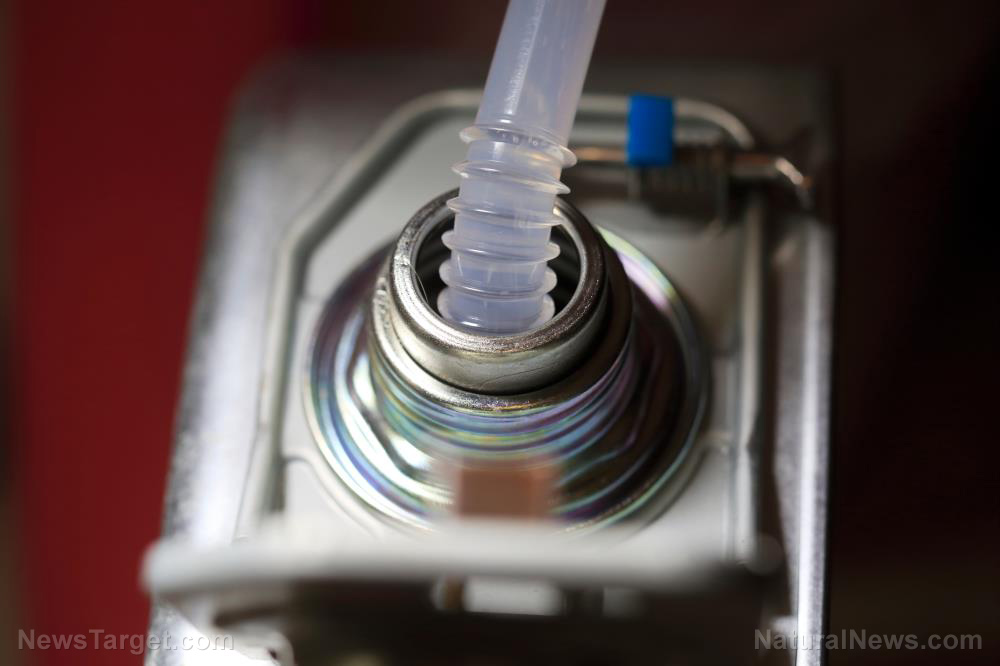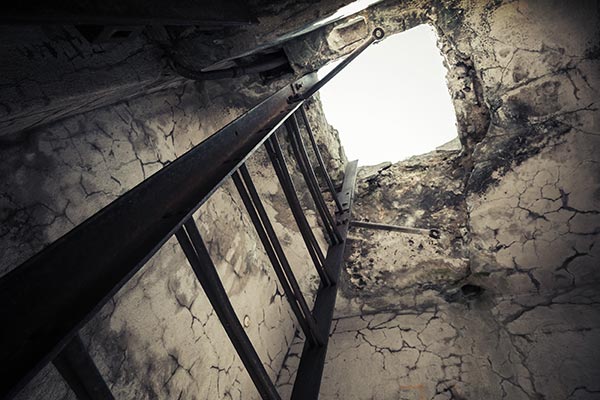Tips on removing and preventing rust on your firearm
01/05/2022 / By Matthew Davis
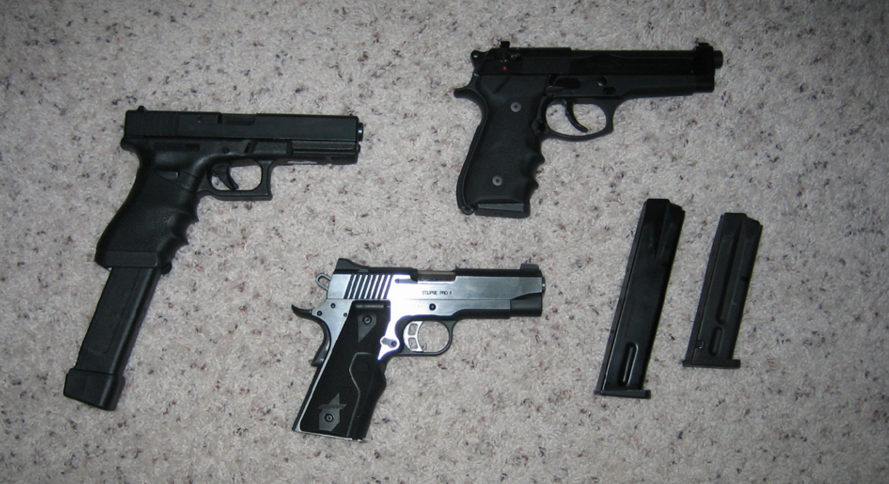
Rust can degrade the appearance and value of guns and other firearms. For owners, this means learning to take care of firearms to prevent rust.
While some finishes, like stainless steel, are more resistant to rust, others like those with a tough finish – such as the Tenifer finish on Walther pistols, will eventually rust after being exposed to the elements for too long.
It’s a must for gun owners to know how to remove rust on their firearms or how can rust be prevented from forming. But first, it’s worth knowing what rust is and why it forms on firearms.
Rust is defined as a coat of iron oxide that is yellow-brown-orange-red in color and forms on steel via oxidation. Rust will form on metal in response to moisture, whether it be humidity in the air or water brought into direct contact with it. In addition, rust makes metals more vulnerable to moisture. The biggest factor in rusting is the environment – salty air, high levels of humidity, or even the chemicals in smog are risk factors for rust. (Related: Superfoods for GUNS: How to clean and lubricate firearms using orange peel extracts and COCONUT OIL.)
Guns become vulnerable to rusting when brought into contact with a rust-causing agent like water. This is why it’s very important that guns should be dried immediately when wet. It’s risky to carry a firearm with a rust-vulnerable finish hunting in the woods in the pouring rain.
Best ways to prevent rust
Maintain your guns properly. This is the single best way to prevent rust from happening. Wipe your firearms with an oiled rag and store them in a dry location. Storing your guns in the garage, basement, outdoor shed and attic is not a good idea.

Firearms must be stored in a room with normal room temperature and with a dehumidifier. Put desiccant packs if you will store your guns in a safe which is wise protection against fires and theft.
Wipe your gun before putting it in the case if you use it hunting in the woods while raining.
Rust can be removed and there’s no need to panic if your firearms are rusty. Remember, though, that even with preventive measures, rust can happen to your firearms.
Determine the extent of rusting. If it’s only surface-level rust, you should be able to handle it on your own. But if there is a deep pitting result from the rust or if the rust is covering most of the gun, a professional gunsmith is needed. Avoid inflicting damage to your gun by seeking the help of a gunsmith. Rust can corrode metal, remember.
If the rust is only surface level or recent, you can correct the issue by your own action.
It is important to act quickly when you spot rust on your firearm. Once it starts, rust can accelerate and will soon get worse which can weaken the structural integrity of your firearm, which will affect its safety. Take care of the issue before corrosion gets even worse.
Make sure to have a cleaning kit
Make sure you have the necessary supplies. Your gun cleaning kit should consist of rust remover oil or gun oil, a gun cleaning rag, and cleaning patches.
While these are not really necessary if you keep your eyes out of the way and have no problem getting gun oil on your fingers, it will be good to wear protective eyewear and gloves while cleaning your guns.
Copper brusher and steel wool are also needed depending on the severity of the rust.
Soak your rag in the gun oil. Rub the oiled rag directly over the rusty spots on the firearm, applying very light pressure.
Rust should come off if it’s only surface-level rust and is fairly recent. But if it’s deep, you need to use an increasing level of pressure to wipe the rusty spots. Save the finish while removing as much of the rust as possible.
Alternative choices such as a copper brush must be used if the rag fails to get the rust off. If you use the brush, move it in the direction of the grain of the gunmetal, or else you will risk scratching the gun and lessening its value.
If the copper brush is proven ineffective, switch to steel wool. Start with a light amount of pressure and only increase the pressure if you fail to get the rust out. Again move the steel wool in the direction of the grain of the gun’s metal to avoid damaging your gun.
A professional smith is needed if the above measures fail, or the pitting is deeper which means the gun is already damaged. The above steps are designed only for most surface-level rust cases.
Remember these few things when removing rust. Never use anything with sugar when removing rust. It is a myth that using soda or another fizzy and sugary drink can remove rust but this is partially true. It is not worth the risk because soda contains phosphoric acid which can remove rust if you allow it to soak overnight.
Never use a brush that is more abrasive than your firearm because it will create etches and scratch the gun. Sticking with bronze, copper, and brass should be safe because they are less abrasive on steel than other steel would be.
To see that rust develop on your firearm is truly disheartening. But rust can be removed. It’s not something that is permanent.
Make sure to keep your guns cleaned and oiled and you’ll reduce the risk of rust ever developing.
Watch the full video below on TOP 10 homemade guns on Brighteon.com.
This video is from the TopGunsWorld channel on Brighteon.com.
Sources include:
Tagged Under: Damage, deep, eyes, eyewear, firearms, Gear, gun storage, gunmetal, guns, metal, oil, permanent, prepping, pressure, rag, Rust, surface, temperature
Get independent news alerts on natural cures, food lab tests, cannabis medicine, science, robotics, drones, privacy and more from NewsTarget.com
Get independent news alerts on natural cures, food lab tests, cannabis medicine, science, robotics, drones, privacy and more from NewsTarget.com
RECENT NEWS & ARTICLES
COPYRIGHT © 2017 · SURVIVAL NEWS



